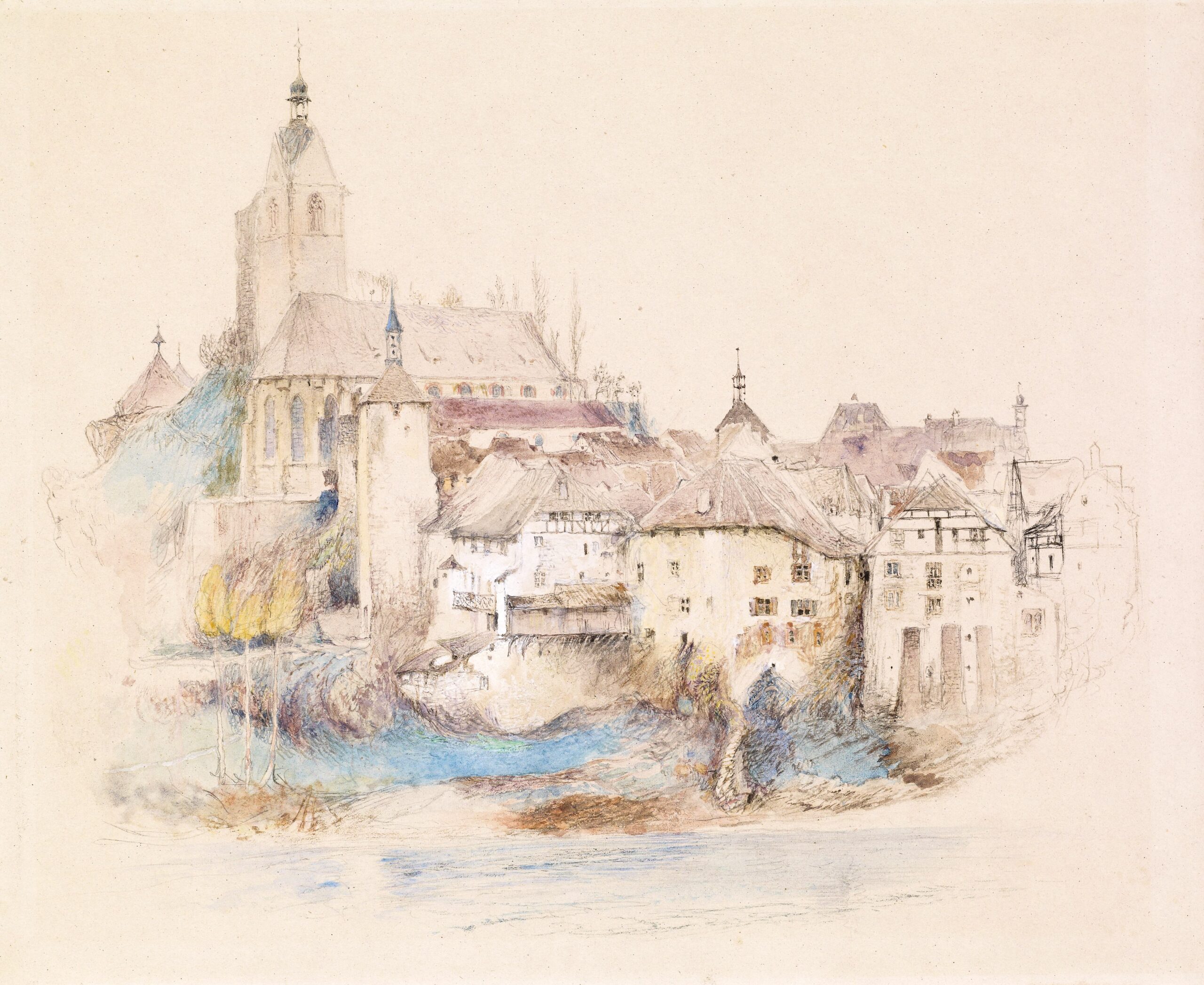Whenever you decorate your home, you have two basic choices: you can either buy things or make them. Furniture, curtains, rugs, artwork, even clothes, are all examples of things you can buy. On the other hand, wallpaper, curtains, rugs, artwork, and clothes are all examples of things you can make.
For example, if you are buying a new sofa, you can buy one already made, or you can make it yourself. If you make it, you have some control over how it was made. It may or may not be comfortable, but you can control that. If you bought it ready-made, you have no control over the quality of the materials or workmanship. Making things yourself can be fun, but it can also be frustrating. Find the right materials, and then you have to devote time and energy to the project. You can end up spending more money making something than you would have spent buying it.
Ultimately, though, making something yourself is more satisfying. You end up with something that is uniquely yours. If you buy something ready-made, you never end up with anything uniquely yours. One way to think about this dichotomy is in terms of risk. When you buy something, you have no way of knowing if it will turn out as you hoped, or if something else will turn out to be more comfortable.
If you make something yourself, you know for certain that it will fit, and you can always modify it later if it turns out not to be comfortable. Buying things is riskier, but it’s more comfortable. But this dichotomy is more complicated than it seems. Sometimes it’s worth taking the risk to make something yourself. Sometimes it isn’t. It all depends.
Use the Color Wheel
The Color Wheel is a very simple tool. It is supposed to help you choose colors that go well together. But most people use it the wrong way. They don’t start by picking a color. They start by picking a layout. They pick a pattern. Then they pick a color. It is a little tricky to figure out why people think this way. Maybe they think color comes first, because that’s the way they learned. Or maybe they think pattern comes first, because that’s the way the color wheel is organized. Or maybe they think pattern comes first because that’s the way designers and decorators and such use it.
Whatever the reason, starting by picking color first is a mistake. Picking layout first is a mistake. Picking the pattern first is a mistake. But picking color first is the biggest problem.
Color is three-dimensional. The Color Wheel is two-dimensional. Here’s how it works. The Color Wheel shows pairs of colors next to each other. So, for example, it shows you yellow and blue, magenta and turquoise, and orange and violet.
These pairs of colors may look good next to each other. But they may not. They might look fine, even great, next to each other when they are next to each other. But when they are next to other colors, they may not look so great. So, for example, yellow and blue look nice next to each other, but they don’t look good next to green or red or brown. If you used yellow and blue in a design, you would want it to be surrounded by something else.
Yellow and blue look best when they are part of a whole. They look good, not as isolated colors but as part of a color field, a group of colors that work well together. The Color Wheel isn’t very good with Web design, because it isn’t very good at showing
Decorate From Dark to Light
We think about colors in crude categories like “red” and “blue” or “warm” and “cool.” But different colors have a more subtle range of meanings. It all depends on how they look together.
The colors you choose to depend on whether you want to highlight or downplay some aspect of the room. For example, if you want to create an inviting, restful room, consider neutral colors like off-white, tan, or gray. If you want to create a sense of motion or contrast, use colors like blue or red.
The effect of different colors changes depending on how much light they reflect or absorb. Colors that are light, like white, reflect a lot of light. Colors that are dark, like black, absorb a lot of light.
Light colors reflect a lot of light and look cheerful. Dark colors absorb a lot of light and look quite serious.
Choose a Color Scheme
The best way to choose a color scheme is to first decide what your decorating style will be. Will it be formal or casual? Traditional or contemporary? Traditional and traditional, or contemporary and antique? Formal styles are more formal, and casual styles more casual.
Color schemes, like styles of furniture, dominate a room. So it is important to choose colors that work well together. But it isn’t easy, because colors look very different from one computer screen to another, and the colors you look at in the store don’t look like the colors on your walls.
To predict how colors will look, use color wheels. Color wheels show the relationships between different colors. One basic color wheel has two predominant colors, warm and cool, with complementary colors in between. The warm and cool colors fall along a circle, and the complementary colors fall in the middle. This wheel is simple enough that you can just look at it in encyclopedias or on color wheels illustrated on paint cans, and predict how colors will look.
To choose a color scheme, start by picking one of the warm and cool colors, then pick a complementary color, and finally pick a shade or tint of the complementary color.
For example, if you want a color scheme that is warm without looking too yellow, pick orange or yellow as your warm and one of the colors on the green side of the wheel as your complementary. If you want a festive color scheme for a summer party, pick blue or green as your cool color and one of the colors on the red side of the wheel as your complementary.
Use color wheels to test different combinations until you find a color scheme you like.
Start With the Formal Areas of the House
The first thing to consider is formal areas — living room, dining room, kitchen, foyer, and so on. These areas should be in light, neutral color. The colors used in a formal living room or dining room should be subdued and tasteful. Stay away from pastels, bright colors, or very bold patterns.
For kitchens, use the same approach as in other rooms: use neutral colors, but add color with accent pieces. For the rest of the house, where there are fewer limits, you can use any color you want. But you will have to be careful. Experiment with color by putting it onto the walls or into other decorative pieces. You can put a swatch of paint onto a wall to see how it looks. Or try putting a throw or a chair pillow in a different color, then moving it around to see how it looks.
This way, you can find out which colors you like, and which ones you don’t like. If you don’t like a color, you can always paint over it. If you don’t like something on its own, you can always find a way to combine it with something else.



